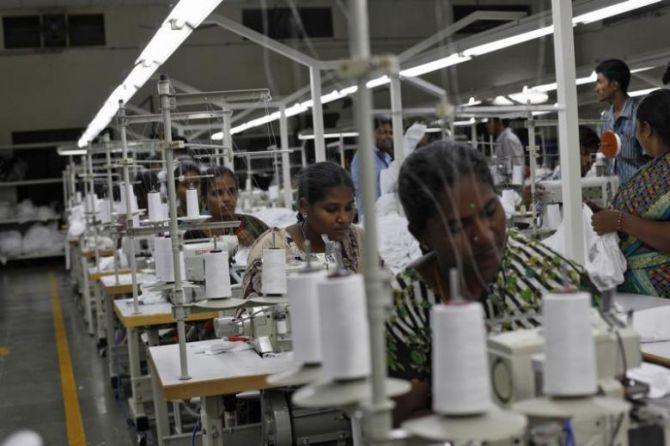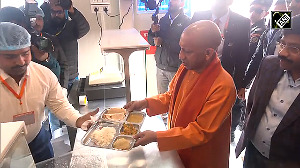India-made garments have the largest pie in US imports in H1

For the first time in the history of India’s garment exports to the US, the country has clocked top position in market share in the category ‘men/boys knitwear shirts cotton’ (a variety of knitwear) for the first six months of 2017.
This was attributed to the slowdown in China. Exporters, however, said they will not be able to retain top position.
Exporters say that since the US market offers a level playing field, they were able to compete with other countries, but the recent appreciation of the rupee against the dollar will be a major hurdle to them.
The data released by the Office of Textile and Apparel, US department of commerce, show that India exported 8.5 million dozens of men/boys shirts cotton to the US.
India’s share in men/boys knitwear shirts import by the US stood at 8.7 per cent in June.
After a dip in 2014, India’s market share has been growing steadily. In 2013, India’s market share was 6.4 per cent and dropped to 6.2 per cent in 2014.
From then it has been steadily increasing, and in 2016 it stood at 7.8 per cent.
Contrary to that, China’s market share, which was 11 per cent in 2012, dropped to 9.6 per cent in 2016 and is now 8.5 per cent.
In other segments including women/girls knit shi-rts/blouses, cotton, men/boys cotton trousers, breeches, shorts, and cotton nightwear/pajamas, India and others’ market shares have increased.
While China’s loss is India’s gain, exporters are not happy because Vietnam is running India close. Bangladesh is also increasing its market share.
The data show Vietnam exported 8.47 million dozens of men/boys knitwear to the US.
Tirupur Exporters Association President Raja M Shanmugam said heavy investment increased India’s share in export.
“The US is the only country that gives us a level playing field, and that is why we could compete,” said Shanmugam, adding that the country was losing the edge now because production cost was increasing here.
An exporter said: “We will not be able to compete with Vietnam or with any countries because products made here are becoming costlier.”
For example, exporters are quoting 3-5 per cent higher prices after the rupee appreciated, while the hike should be of around 7 per cent to compensate them for the losses on account of currency fluctuation.
On the other hand, competitors' currencies have depreciated and they are bringing down the prices.
Photograph: Mansi Thepliyal/Reuters












 © 2025
© 2025